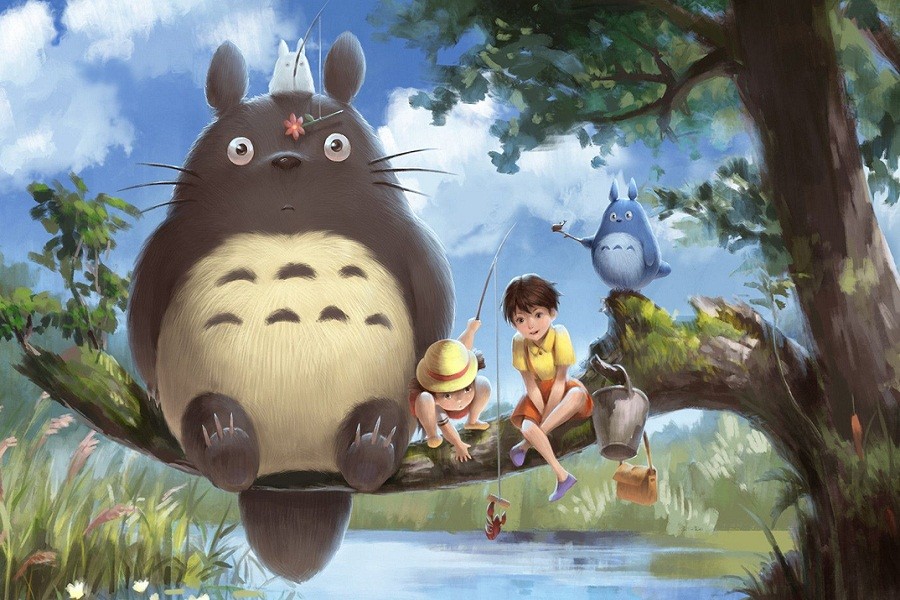Environmentalism, pacifism, love and family are the critical themes in Hayao Miyazaki’s films. None of his movies is in a rush; they have a serene way of storytelling and a feel-good vibe.
Miyazaki’s works are targeted at child audiences, and they became widely successful, even giving the adults nostalgia since they grew up watching them.
My Neighbor Totoro is one of his masterpieces released back in 1988, which transcended age boundaries and became the perennial symbol of Miyazaki’s production house, Studio Ghibli.
The movie’s plot centres around two sisters Mei and Satsuki, living in post-occupation era Japan. Their mother is sick enough to be confined in a hospital, while their university teacher father is a loving parent but too workaholic to spare his daughters enough time.
Living in a new home in rural Japan and the little presence of their parents made the sisters susceptible to loneliness and fear.
The younger sister wanders around the village, follows the forest spirits and eventually lands on a giant one. Even though the spirit tries to scare her, the playfulness of Mei eventually makes him a friend, and Mei names him ‘Totoro.’

One of the most iconic scenes of My Neighbor Totoro
The other sister doesn’t see Totoro at first, but she encounters him later when the sisters anxiously wait for their father to return home.
Though children may see Totoro as the giant friend of the Kusakabe sisters, the adults will quickly realise that Totoro is an imagination of the sisters to cope with the absence of their parents.
Totoro appears whenever the sisters are distressed, giving them a sense of joy and warmth and letting them forget the loneliness for a while.
Although distresses such as sickness and disappearing may be portrayed as tragedies in other shows, in My Neighbor Totoro, they are never seen as such; they are part of human lives here.
Mei and Satsuki’s father Tatsuo is as supportive as a father could be. He doesn’t understand the children’s imaginations of the magical world and spirits but always seems to support what they do and take care of the family.
Miyazaki’s movies never end on a tragic note; this goes the same for My Neighbor Totoro. Although it has sad moments like Mrs Kusakabe’s health worsening and Mei disappearing to see her mother, Miyazaki presents positive endings like Mei being found with the help of Totoro and her mother being discharged from the hospital in good health.
My Neighbor Totoro also conveys the message of environmentalism. Depiction of river gods and tree spirits resembles the Japanese Shinto heritage from which Miyazaki always takes inspiration while teaching children the lesson of saving nature.
Nevertheless, it is the perfect family movie that children will cherish in their lifetime and serve as nostalgia for adults as well.


